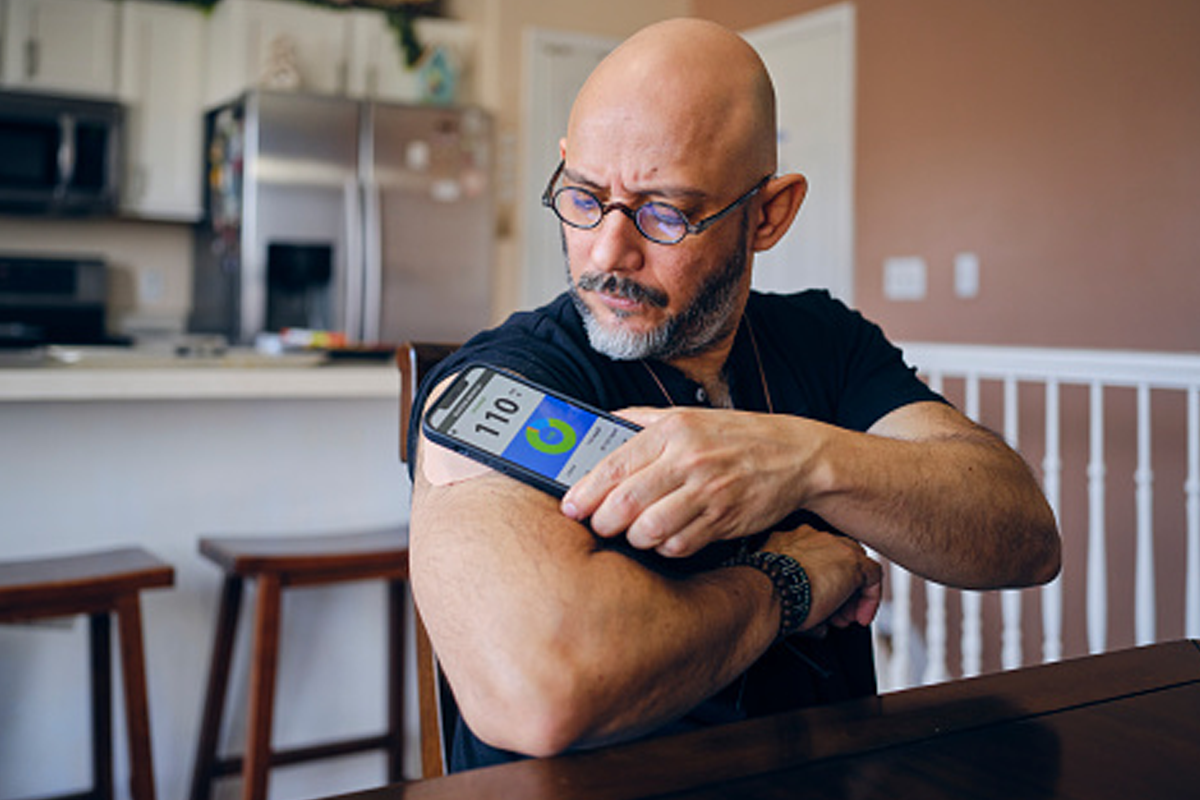

Do Digital Diabetes Management Tools Deliver Intended Value?

Recent research from the Peterson Health Technology Institute (PHTI) panned many digital diabetes management tools for failing to provide meaningful clinical benefits while raising health care spending.
The report, the first from PHTI, was conducted by a team of health technology assessment experts and clinical advisers. It evaluated eight widely used tools that type 2 diabetes patients employ to track and manage blood glucose with noncontinuous glucometers.
PHTI, founded by the Peterson Center on Healthcare, is a $50 million initiative funded through philanthropy that provides independent evaluations of digital technologies designed to improve health and lower costs.
PHTI studied digital tools addressing type 2 diabetes across three categories:
- Remote patient monitoring tools, which enable clinicians to track blood glucose levels remotely. (Glooko)
- Behavioral and lifestyle modification tools designed to achieve glycemic control. (DarioHealth, Omada, Perry Health, Teladoc, Verily and Vida)
- Nutritional ketosis, which aims to induce a state of ketosis in patients through dietary guidance and monitoring of glycemic and ketone levels. (Virta)
The report found that people who use these tools achieve only a small reduction in hemoglobin A1C compared with those who do not. The reductions also are not sufficient or sustained enough to change the trajectory of patients’ health, care or long-term prognosis, including cardiovascular risks, the study noted.
Manufacturers of these tools took exception to some of the report’s findings and methodology and pointed to their own studies about the efficacy of their devices.
4 Takeaways from the Study
1 | Study data were consistent.
Data lined up in a tight range of impact that showed digital solutions do offer some small benefits relative to normal care. However, the benefits aren’t great enough or durable enough to change patients’ health prognosis or clinical care, said Caroline Pearson, PHTI executive director.
2 | The solutions lead to higher spending.
The study found that for patients using remote monitoring devices, annual spending is projected to rise between $723 and $2,002, depending on coverage type. For patients using behavior and lifestyle modification tools, annual spending is projected to rise between $474 and $574.
3 | Higher standards will be needed for digital health tools.
The field must set a higher bar on expectations and evidence for digital health tools, Pearson told Fierce Healthcare.
4 | Critics question study findings.
Some called PHTI’s analysis flawed and criticized its narrow focus on changes in A1C levels and the lack of endocrinologists involved in the project.



